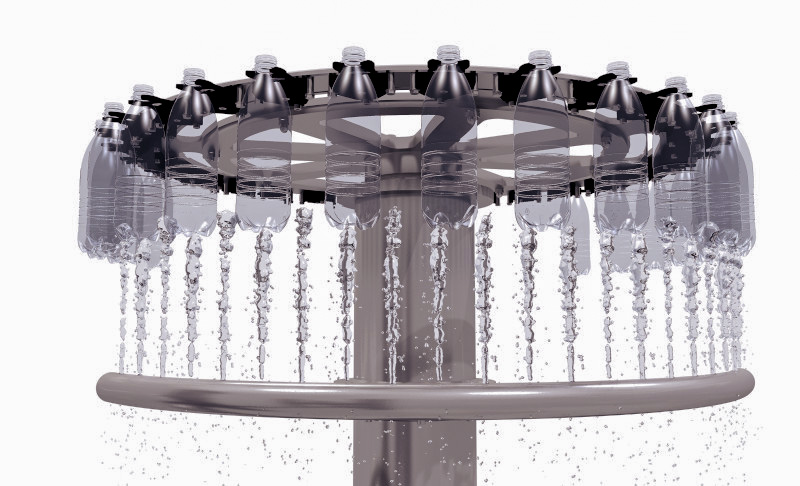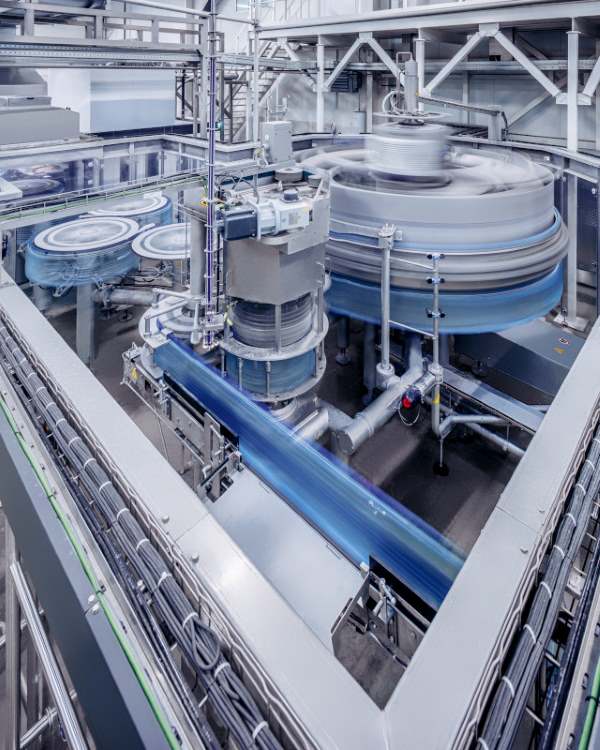Social Share : [DISPLAY_ULTIMATE_SOCIAL_ICONS]
KHS improves modular filler Innofill PET DRV
- Bottling of CO 2 -containing and still beverages
- Higher performance for large-volume containers
- Bottle bottom full-jet cooling for even more reliable quality
With three important improvements, KHS is qualifying its modular Innofill PET DRV filler for faster and even more effective filling of CO2 – containing and still beverages in PET bottles in the usual reliable quality – even under extreme conditions.
Usually used with a stretch blow molder in a duoblock – or with a labeler as a triblock – the Innofill PET DRV now boasts three new features. This means the filler can now meet the growing demands of the beverage industry even better, especially for CO2- containing and still beverages: Firstly, fillers benefit from higher outputs for large-volume containers without having to forego full flexibility. Secondly, KHS is redefining its own definition of high-speed with an output of up to 90,000 PET bottles per hour. And thirdly, the use of full-jet cooling of the bottle base ensures even more reliable quality.
High performance for large volume containers
With the new Innofill PET DRV HC (High Capacity) filler option, KHS offers precisely the additional flexibility that the dynamic market demands when filling large-volume containers of 1.5 liters or more. Thanks to two technical optimizations, the machine output for these container sizes can be increased by up to 15 percent: Firstly, the product vessel has been raised so that the static height between the tubular ring container and the filling valve increases. This results in a higher pouring speed. In order to still be able to offer unrestricted flexibility, the pneumatic switchover valve between the tank and the filling valve has now been given three switching stages instead of the previous two.
This means that beverage manufacturers can choose between three different filling speeds with the Innofill PET DRV HC and can fill small and large container formats in the optimum quality and time. CO2 consumption is not affected by the different filling speeds: while CO2 consumption for a 300-milliliter bottle is still 150 grams per hectoliter, it decreases continuously with increasing volume and approaches zero for a 1.0-liter bottle. For larger containers, no CO2 is required at all . “The reason for this exceptionally low consumption is that we have dispensed with the nozzle technology in the filling valve, which we used in the past to control the filling speed in the bottle,” explains Manfred Härtel, Product Manager Filling at KHS. “With our new modular platform, this instead takes place on the product path between the tubular ring vessel and the filling valve, so that there is no longer any gas loss.”

The bottle bottom full-jet cooling is very effective and gentle, ensures stability and scores with improved hygiene.
Increased speed once again
Especially for the Asian market, for example, KHS has also turned the high-speed screw on its DRV fillers even further: “By filling up to 90,000 containers per hour of carbonated soft drinks, we have responded to the growing demands of our customers,” explains Härtel. “At these high speeds, the trick is above all to transport the beverage containers as safely and gently as possible to avoid damage and the contents do not spill out.” The latest simulation techniques are used to calculate the influence of centrifugal forces on the sloshing of the drinks in the bottle. CFD 1 calculations are used to determine how the liquid in the bottle behaves and moves during the filling and closing process based on the bottle contour, fill height and diameter as well as the star geometries and performance. To enable process-reliable production, machine geometries are adapted, for example in the container transport and the stars.
Cool floor instead of cold feet
The newly developed bottle base cooling is part of the energy-efficient and particularly compact block solution. “When filling carbonated lemonades or mineral water, the PET bottles must withstand the required filling pressure,” explains Härtel. “In order to be able to offer the stability required for this, the container, which comes out of the stretch blow molding machine at a temperature of around 80 degrees Celsius, must be cooled down as quickly as possible so that it solidifies completely. This is particularly necessary at the complexly shaped bottle base, where the injection point is located. Especially in tropical regions with sometimes very high hall temperatures, the previous method of convection cooling with an air-water mixture reaches its limits. In the worst case, damage to the still soft base material with negative consequences for stability or tightness cannot be completely ruled out.”
To avoid having to take this risk in the first place, KHS relies on the very effective and gentle bottle-bottom full-jet cooling, which gives the containers sufficient stability before pressure filling. The use of water is regulated and thus greatly reduced by a filtered cooling water circulation. In addition to its excellent cooling properties, the process impresses with better hygiene and the saving of two stars. “For the Innofill PET DRV filler, this reliable technology is now the new standard,” Härtel concludes.
1 Computational Fluid Dynamics, calculation and simulation of gas or liquid flows.
khs.com


